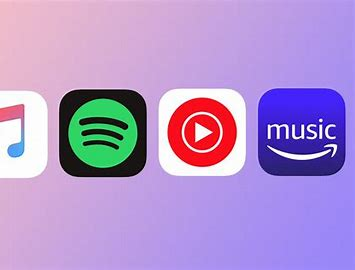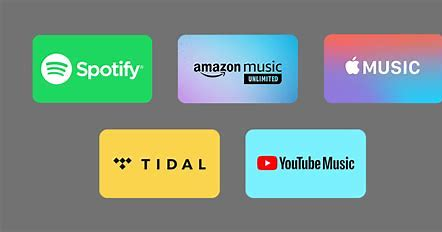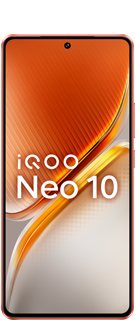How do music streaming platforms work?
INTRODUCTION
Music streaming platforms have revolutionized the way we listen to music. With a subscription to a streaming service, users have access to a vast library of songs that they can listen to on demand, without having to download them.

But how do these platforms work?
Licensing
The first step is for the streaming service to obtain licenses from the copyright holders of the music that they want to stream. These copyright holders can be individual songwriters, record labels, or the owners of music publishing companies. The streaming service will need to negotiate a license agreement with each copyright holder, and may need to pay royalties for the use of the music.
Encoding
Once the streaming service has obtained the necessary licenses, it will need to encode the music files into a format that is suitable for streaming. This is done using a software encoder, which compresses the audio file and converts it into a streaming format.
Streaming
The encoded audio files are then stored on a streaming server. The server is responsible for sending the audio data to the listener's device. When a user selects a song to listen to, the streaming service sends the audio data to the user's device in small packets. The user's device then decodes the audio data and plays the song.
Recommendation engines
Most music streaming platforms also use recommendation engines to help users discover new music that they might enjoy. These recommendation engines take into account the user's listening history, as well as other factors such as the genres of music that the user likes, and the popularity of songs.
Monetization
Music streaming platforms can be monetized in a number of ways. The most common monetization model is the subscription model. Users pay a monthly fee to access the streaming service's library of music. Some streaming services also offer a free tier, but this tier typically includes limitations such as advertising and limits on the number of songs that users can listen to per month.
Another way that music streaming platforms can be monetized is through advertising. Some streaming services offer a free tier that is supported by advertising. Users who listen to music on the free tier will hear ads between songs.
Finally, music streaming platforms can also generate revenue through partnerships with other companies. For example, some streaming services offer partnerships with mobile carriers. These partnerships allow mobile carriers to offer their customers discounted subscriptions to the streaming service.
Benefits of music streaming platforms
Music streaming platforms offer a number of benefits to both users and artists. For users, music streaming platforms offer a convenient and affordable way to listen to music. Users can access a vast library of songs on demand, without having to download them. This means that users can listen to music on any device with an internet connection.
For artists, music streaming platforms offer a way to reach a global audience. Artists can upload their music to streaming services and make it available to listeners all over the world. This can help artists to build a fan base and generate revenue from their music.

Conclusion
Music streaming platforms have revolutionized the way we listen to music. They offer a convenient and affordable way to listen to music, and they help artists to reach a global audience.
FOLLOW@TechieGuy FOR MORE SUCH INFORMATIVE CONTENT ✌️✌️.
Please sign in
Login and share

























